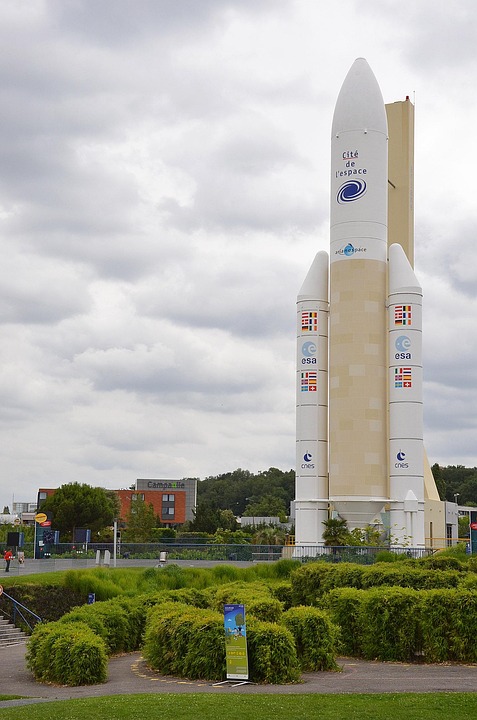The Gaming Metaverse and the Quest for Interoperability: Building a Connected Digital Frontier
In recent years, the concept of the metaverse has evolved from a speculative idea into a tangible frontier for innovation, particularly in the gaming industry. The gaming metaverse—a collective, immersive virtual space where players can interact, create, and engage across multiple platforms—promises to redefine how we experience digital entertainment. However, its potential hinges on a critical factor: interoperability. This article explores the significance of interoperability in the gaming metaverse, the challenges it faces, and the opportunities it presents for players, developers, and the broader digital economy.
What is the Gaming Metaverse?
The gaming metaverse refers to a network of interconnected virtual environments, blending elements of augmented reality (AR), virtual reality (VR), and online gaming into a unified, persistent digital world. Unlike traditional games, which exist in isolated ecosystems, the metaverse envisions a seamless experience where users can transition between games, social spaces, and even work or commerce environments. For example, a player might wear a virtual outfit in Fortnite and then use the same avatar in a VR-based educational platform or a social hub. This vision of a shared digital reality is increasingly being driven by advancements in blockchain, cloud computing, and decentralized technologies.
What is Interoperability in the Context of the Metaverse?
Interoperability is the ability of different systems, platforms, or applications to work together harmoniously. In the gaming metaverse, it means that assets, identities, and even game states can be transferred and used across distinct virtual worlds. For instance, a player’s NFT (non-fungible token) sword from Axie Infinity could be used in a different game like Decentraland, or a user’s avatar from Roblox might appear in a VR experience hosted by Meta. This concept extends beyond mere cross-platform play; it encompasses the exchange of digital ownership, currencies, and experiences.
The Importance of Interoperability
1. Enhancing User Experience
Interoperability empowers users to own and control their digital identities and assets. Imagine investing hundreds of hours in a game like World of Warcraft, only to lose all that progress when the game shuts down. With interoperability, players could retain ownership of their in-game items, characters, or even virtual land, transferring them to new platforms as they evolve. This flexibility enriches the user experience, fostering loyalty and reducing the risk of "lock-in" that traditional gaming models often impose.
2. Economic Efficiency and Real-World Value
The rise of blockchain and NFTs has introduced the notion of digital ownership. Interoperability allows these assets to move freely across platforms, unlocking their real-world value. Players could trade virtual real estate, skins, or weapons on open markets, while developers could tap into a broader economy. For example, a player’s NFT art in Decentraland might be displayed in a game like Genshin Impact, creating cross-platform economic opportunities.
3. Fostering Innovation and Collaboration
Interoperability encourages collaboration among developers, enabling them to build on shared infrastructure rather than creating siloed systems. A game developer could integrate a character from another game’s universe, or a virtual event in Roblox could seamlessly connect with a social VR platform. This cross-pollination of ideas and resources accelerates innovation, making the metaverse a dynamic, evolving space.
Challenges to Achieving Interoperability
Despite its promise, interoperability faces significant hurdles:
1. Technical Hurdles
Different platforms use varying technologies, data formats, and APIs. For example, a game built on the Unreal Engine might not easily integrate with one using Unity. Standardizing data protocols, ensuring consistent user experiences, and resolving issues like latency or compatibility are technical challenges that require industry-wide solutions.
2. Industry Resistance
Major game studios and platforms often resist interoperability to protect their ecosystems. Closed systems allow them to maintain control over in-game economies and user data, which can be lucrative. Companies like Epic Games or Meta have their own proprietary systems, making collaboration difficult. This "walled garden" approach limits the metaverse’s potential for true unity.
3. Security and Privacy Concerns
Interoperability involves sharing sensitive data, such as user identities and transaction records, across platforms. This raises risks of data breaches, identity theft, or misuse of personal information. Ensuring robust security frameworks while maintaining user privacy is a complex challenge.
4. Legal and IP Ownership Issues
Who owns a user’s in-game asset? If a player purchases a virtual item in one game, can they use it in another? Intellectual property (IP) laws and ownership models vary widely, creating legal ambiguity. Clear standards and agreements are needed to govern asset transfer and rights.
The Role of Blockchain and NFTs
Blockchain technology and NFTs have emerged as key enablers of interoperability. NFTs provide verifiable ownership of digital assets, which can be transferred across platforms via smart contracts. For example, Decentraland and The Sandbox are blockchain-based metaverses where users can buy and sell virtual land, and some NFTs are already being integrated into other platforms.
Cryptocurrencies and cross-chain solutions (like Polkadot or Polygon) also facilitate seamless transactions between different ecosystems. However, blockchain interoperability is still in its infancy, with challenges like scalability, transaction costs, and environmental concerns needing resolution.
Current Examples and Initiatives
While full interoperability remains a work in progress, some projects are leading the charge:
- Epic Games’ Unreal Engine 5 supports cross-platform play and asset sharing, allowing developers to create games that work across consoles, PCs, and mobile devices.
- Axie Infinity and other blockchain games let users trade NFTs across platforms via blockchain bridges.
- Meta’s Horizon Worlds and Roblox are experimenting with shared virtual spaces, though full interoperability is elusive.
- The Interoperable Metaverse Alliance (a hypothetical example, as no official group bears this exact name) and similar initiatives are pushing for open standards and protocols to enable seamless connectivity.
The Future of the Gaming Metaverse with Interoperability
The future of the gaming metaverse depends on overcoming these challenges. Emerging technologies like web3 and decentralized identity systems could provide the backbone for a truly interoperable ecosystem. If achieved, the metaverse could become a digital economy where players’ efforts and investments hold value across platforms.
Imagine a world where a player’s avatar, created in Genshin Impact, can be used in Valorant or a VR concert, or where a virtual fashion brand can sell designs across multiple games. This vision requires collaborative efforts from developers, tech giants, and regulators to establish open standards, protect user rights, and ensure security.
Conclusion
Interoperability is the linchpin of the gaming metaverse’s success. It transforms isolated games into a cohesive, user-centric digital realm, empowering players and fostering innovation. While technical, economic, and legal challenges remain, the movement toward open systems and blockchain integration signals a shift toward a more connected future. As the industry evolves, striking a balance between competition and collaboration will be essential to unlock the metaverse’s full potential. The goal is not just a virtual playground, but a shared, flourishing digital universe where creativity and ownership know no boundaries.






